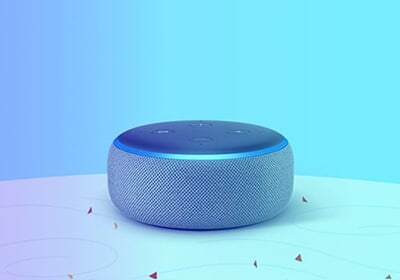Market Size: In less than 20 years, voice recognition technology has grown phenomenally. But what does the future hold? In 2020, the global voice recognition technology market was about $10.7 billion. It is projected to skyrocket to $27.16 billion by 2026 growing at a CAGR of 16.8% from 2021 to 2026.
What is Voice Recognition Technology and Why You Need It?
Voice recognition, otherwise known as speaker recognition, is a software program that has been trained to identify, decode, distinguish and authenticate the voice of a person based on their distinct voiceprint.
The program evaluates a person’s voice biometrics by scanning their speech and matching it with the required voice command. It works by meticulously analyzing the frequency, pitch, accent, intonation, and stress of the speaker.

 While the terms ‘voice recognition and ‘speech recognition are used interchangeably, they aren’t the same. Voice recognition identifies the speaker, while the speech recognition algorithm deals with identifying the spoken word.
While the terms ‘voice recognition and ‘speech recognition are used interchangeably, they aren’t the same. Voice recognition identifies the speaker, while the speech recognition algorithm deals with identifying the spoken word.
Voice recognition has grown tremendously over the past few years. Intelligent assistants such as Amazon Echo, Google Assistant, Apple Siri, and Microsoft Cortana perform hands-free requests such as operating devices, writing notes without using keyboards, performing commands, and more.
How Does Voice Recognition Work?


Audio Input: The process begins with capturing the audio input using a microphone.
Preprocessing: The audio signal is cleaned up by removing noise and normalizing the volume.
Feature Extraction: The system analyzes the audio to extract key features such as pitch, tone, and frequency.
Pattern Recognition: The extracted features are compared to known patterns of speech stored in a database.
Language Processing: The recognized patterns are converted into text, and natural language processing (NLP) algorithms interpret the meaning.
Voice Recognition – Advantages & Disadvantages
| Advantages of Voice Recognition | Disadvantages of Voice Recognition |
| Voice recognition allows multitasking and hands-free comfort. | While voice recognition technology is improving by leaps and bounds, it is not completely error-free. |
| Talking and giving voice commands is much faster than typing. | Background noise can interfere with the working and impact the reliability of the system. |
| The use cases of voice recognition are expanding with machine learning and deep neural networks. | The privacy of the recorded data is a matter of concern. |












